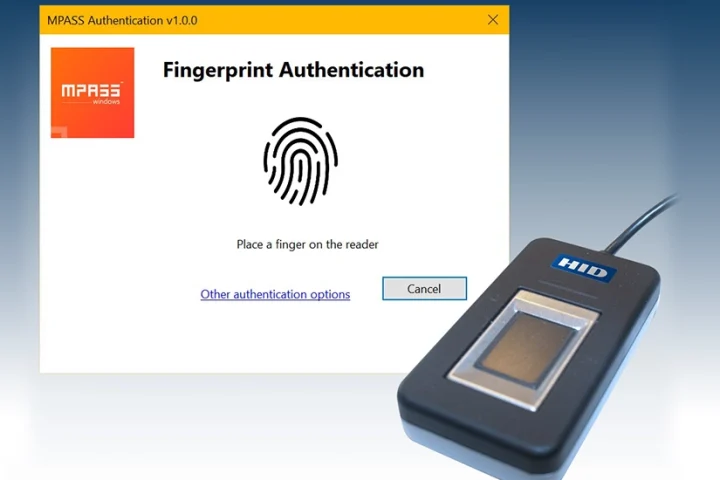Focuses on maximising end-user adoption and ultimately return on investment
Dimension Data announced an enhanced version of its Managed Services for Visual Communications (MSVC) offering. MSVC focuses on maximising end-user adoption and ultimately return on investment. MSVC is the world’s first truly global service of its kind which eases video, the press release announced.
Ian Heard, Dimension Data’s Group General Manager, MSVC says, “Dimension Data is the world’s largest video integrator by revenue and endpoints. Through our Managed Services for Visual Communications, we manage 20,000 calls per month for 430 clients across 5,600 Cisco and Polycom endpoints today. We are already a big contender in this space, with the most comprehensive set of on-premise, managed, in the private cloud or as-a-service video services in the world.”
One company that moved quickly to exploit videoconferencing when it first became generally available is British American Tobacco. Working in partnership with Cisco, Dimension Data replaced the organisation’s videoconferencing infrastructure at 25 British American Tobacco sites across five
Andrew Cunningham, British American Tobacco’s Head of End User Computing, says, “We had originally intended our WAN provider to manage the international shipping of the Cisco equipment. However, it very quickly became clear that Dimension Data had an exceptional ability to operate effectively across all sorts of regulatory environments. Also, it’s extraordinarily flexible and responsive to client needs and able to put resources on the ground in places where other companies can’t.”
According to Heard, if managed effectively, videoconferencing has many benefits. “Not only can employees become more productive and organisations more agile, videoconferencing has the potential to transform the way we collaborate externally with colleagues, clients and partners. The critical element to the success of an organisation’s videoconferencing ROI lies in the area of user adoption. If employees don’t use videoconferencing, the knock-on effect is that their colleagues and clients won’t either. Consequently, the business won’t derive the benefits that the technology was originally purchased to deliver.”



















